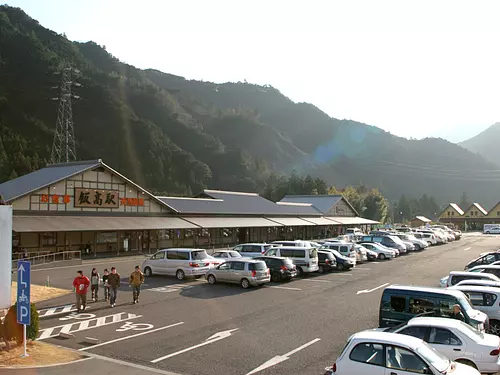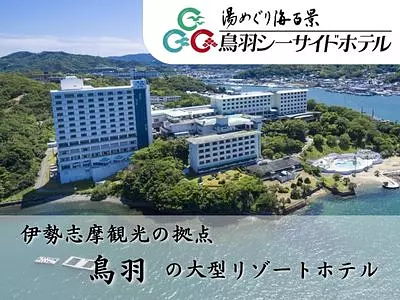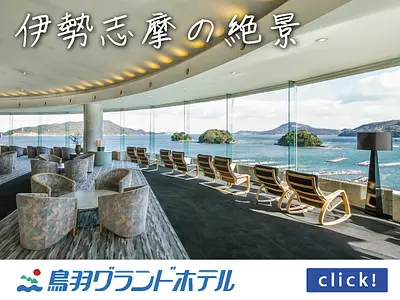Experience making soba noodles at Michi-no-eki Iidaka Station! Let's try out an experience perfect for food education with your family and friends!
掲載日:2019.06.11
Iidaka Station, located in Iidaka Town, which is rich in nature, is Michi-no-eki you can also enjoy day-trip hot springs. The soba making experience here is popular with tourists from outside the prefecture and even from abroad! Of course, if this is your first time making soba, don't worry. There are many steps involved in kneading, rolling out, and cutting, but the taste of the soba you make yourself is exceptional! Let me tell you about my family's experience!
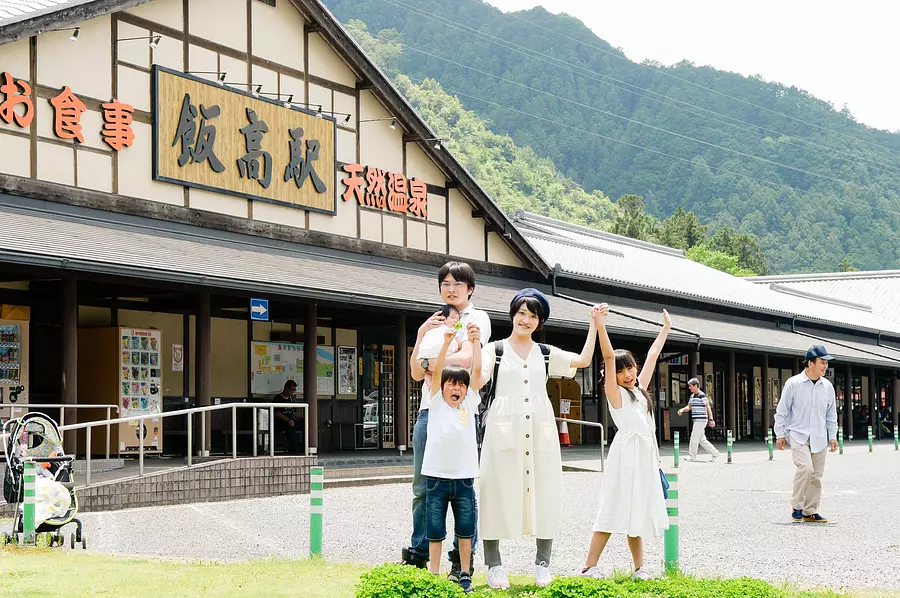
It opened in 1990 as a local specialty product store and is the first registered Michi-no-eki in Mie Prefecture.
On the day I visited, it was crowded with people, serving as a relaxing place for drivers, touring riders, and runners running in the area!
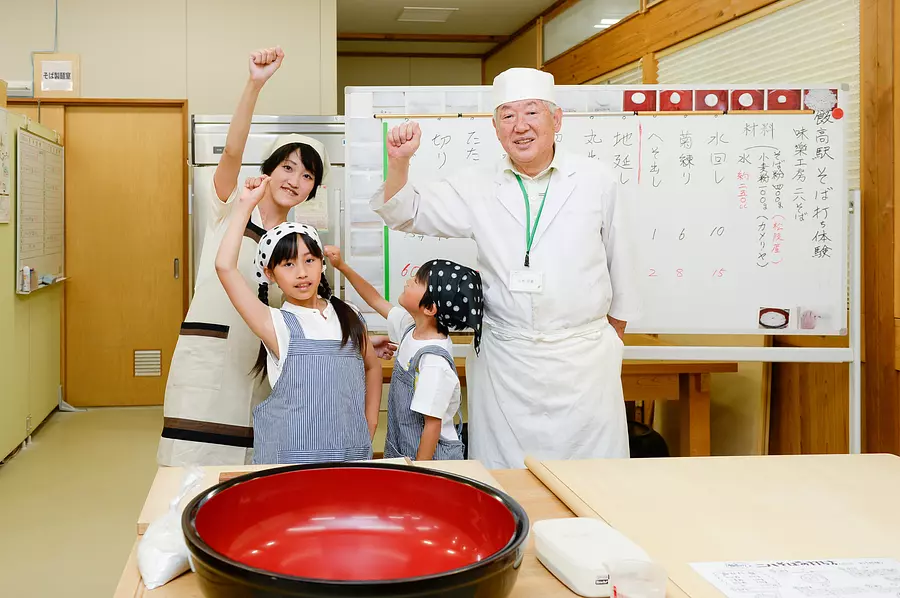
Full of enthusiasm, I went to experience it with my family!
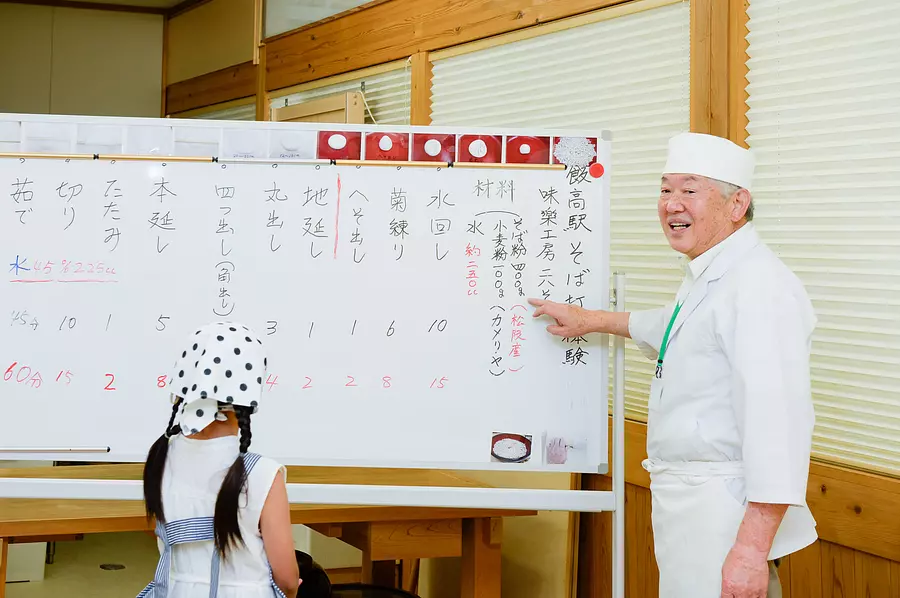
When you think of making soba noodles, it sounds like something deep and difficult, right? I was a little worried...it might seem like a lot of work with so many steps, but it's not like that!
A kind teacher will first explain the entire process.
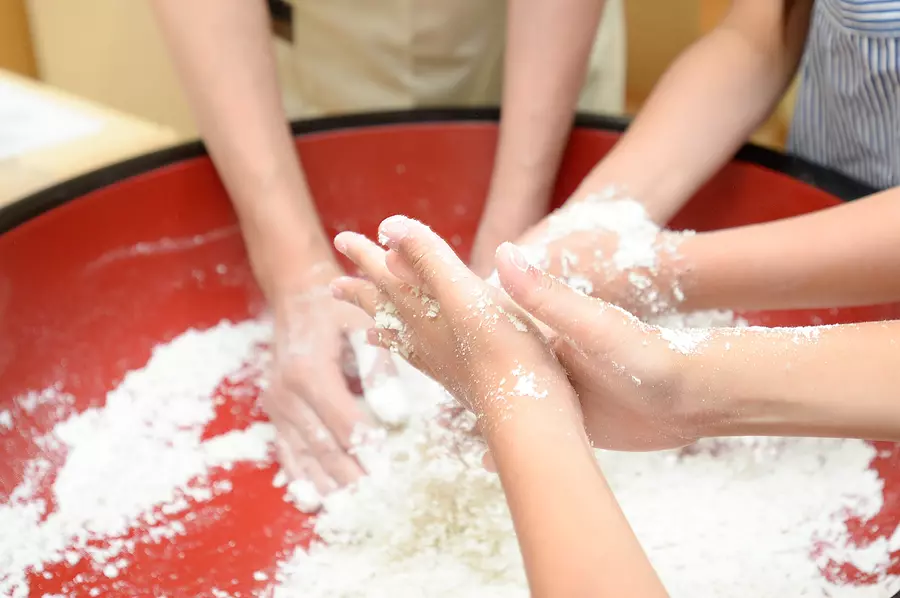
At our workshop, we grind buckwheat seeds once a week and use them as buckwheat flour. By doing this, the good aroma of the soba will not be lost and the soba will be rich in flavor! I'm looking forward to seeing it completed.
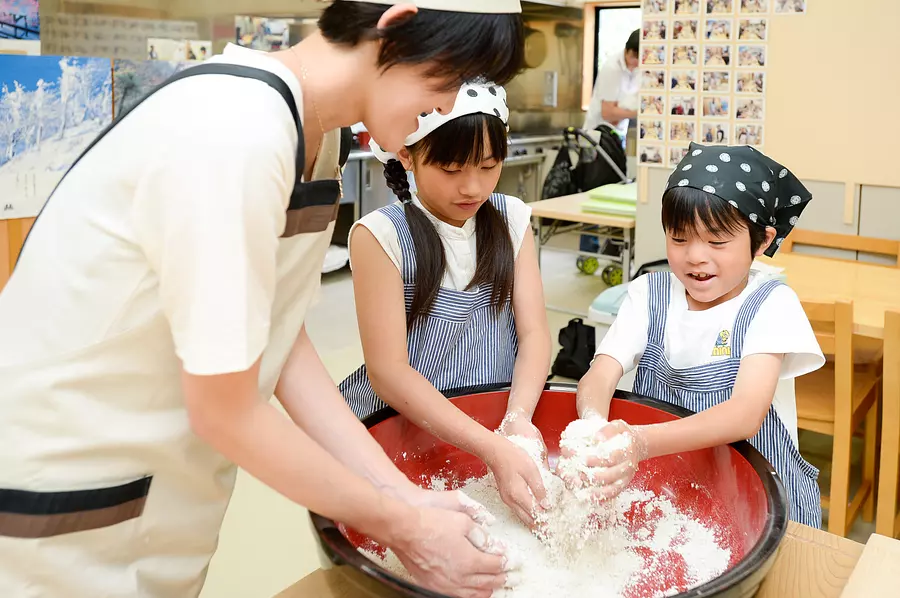
It has a smooth feel and feels great! And the kids look like they're having fun too. Soba noodle is a delicate dish that is easily affected by the amount of water and the humidity of the day.
The key is to mix it quickly before it dries.
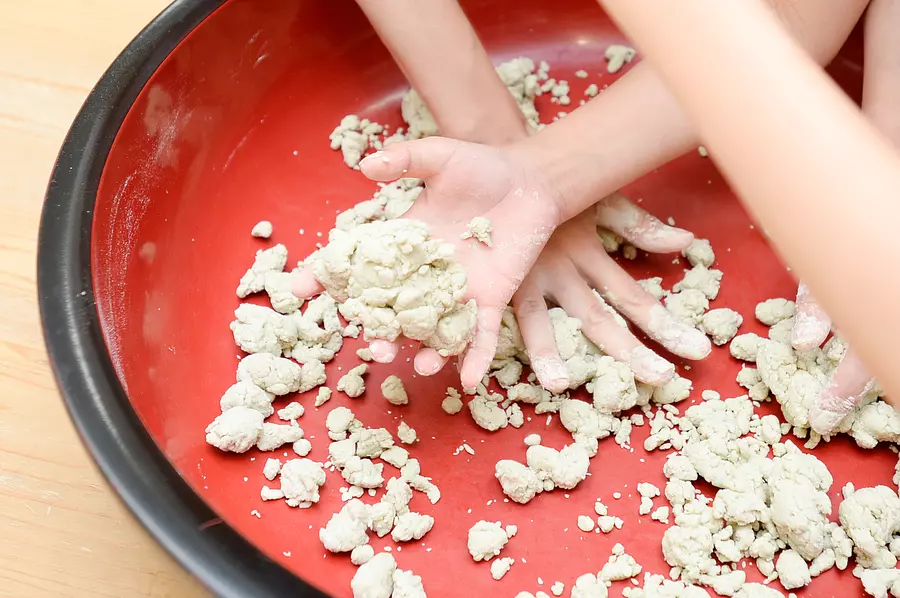
The children are also very interested.
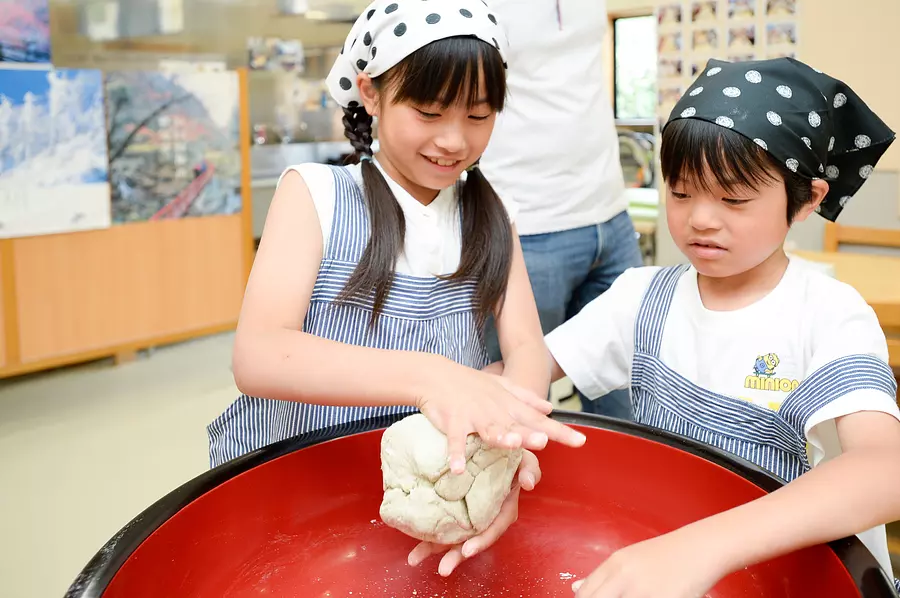
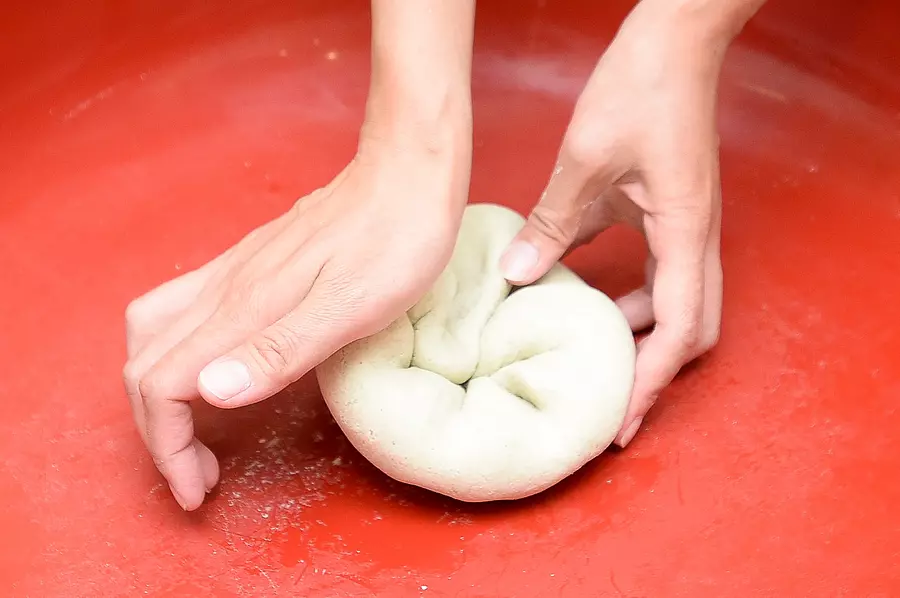
It is interesting!
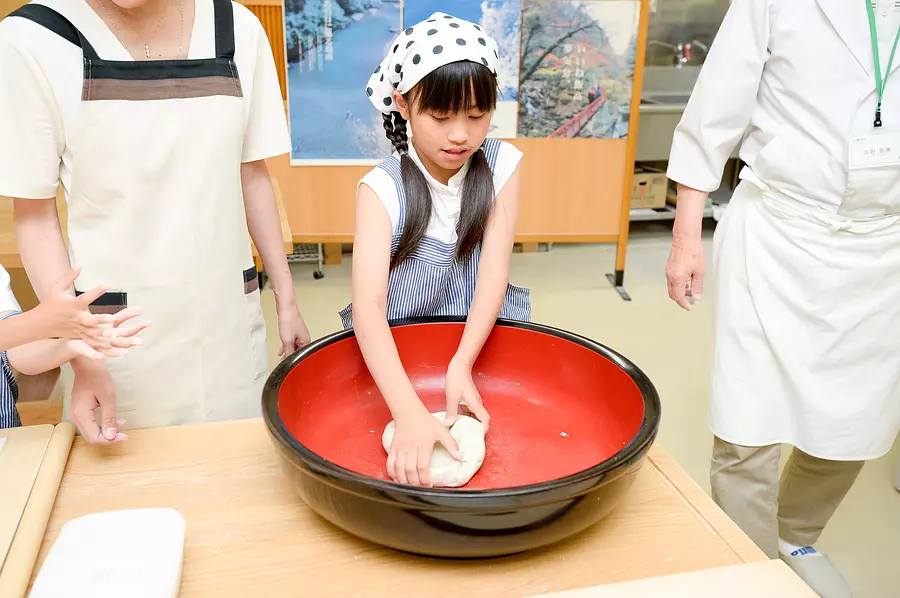
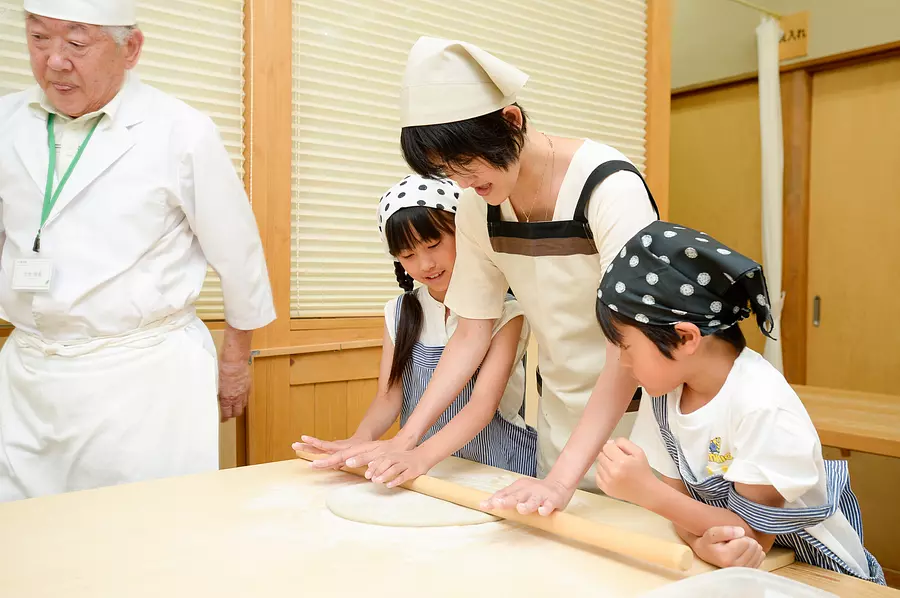
After dusting the rolling board with flour and pressing it down a little with your hands, it's time to roll out the soba noodles with a rolling pin!
The key is to spread the force evenly between the left and right sides while maintaining a nice circular shape. Rolling the rolling pin is a task that is easy for children to do.
The children also help out, and the three of them work together to make it grow. The circle was about 20cm at first, but gradually grew to about 30-40cm.
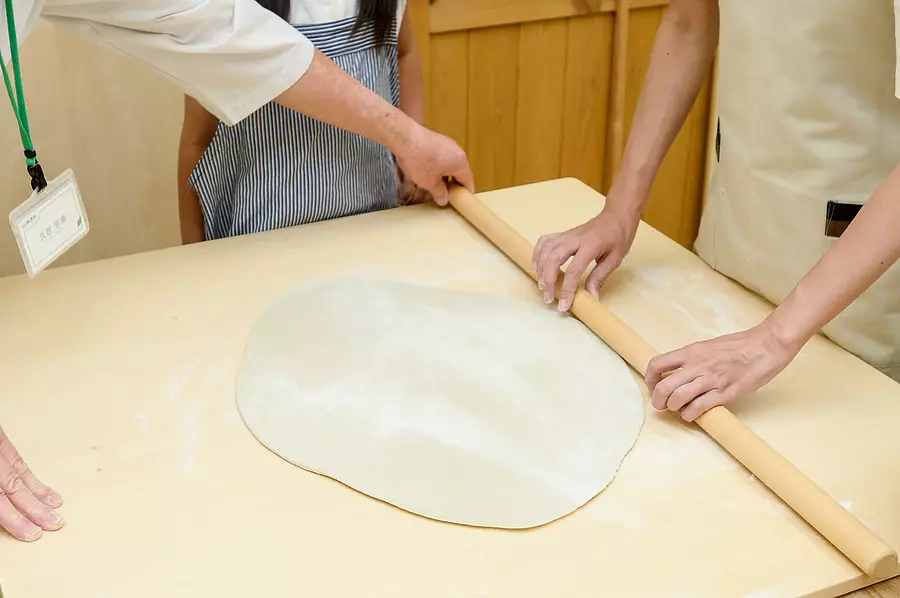
The dough gradually becomes a diamond shape...
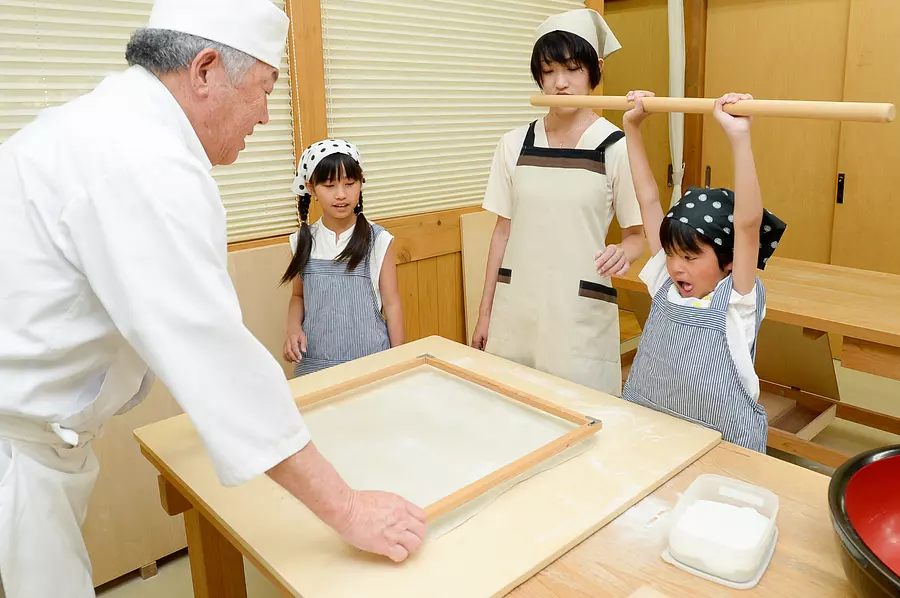
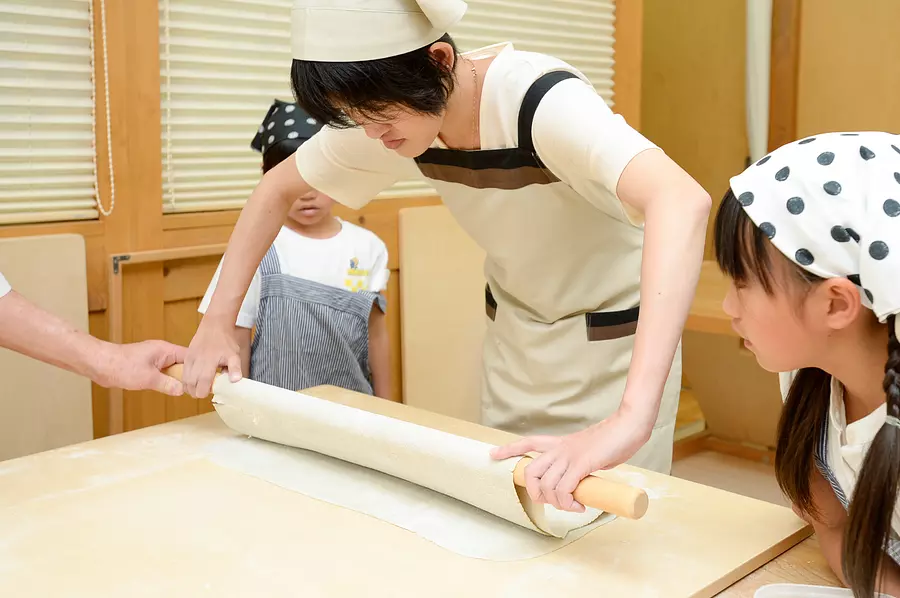
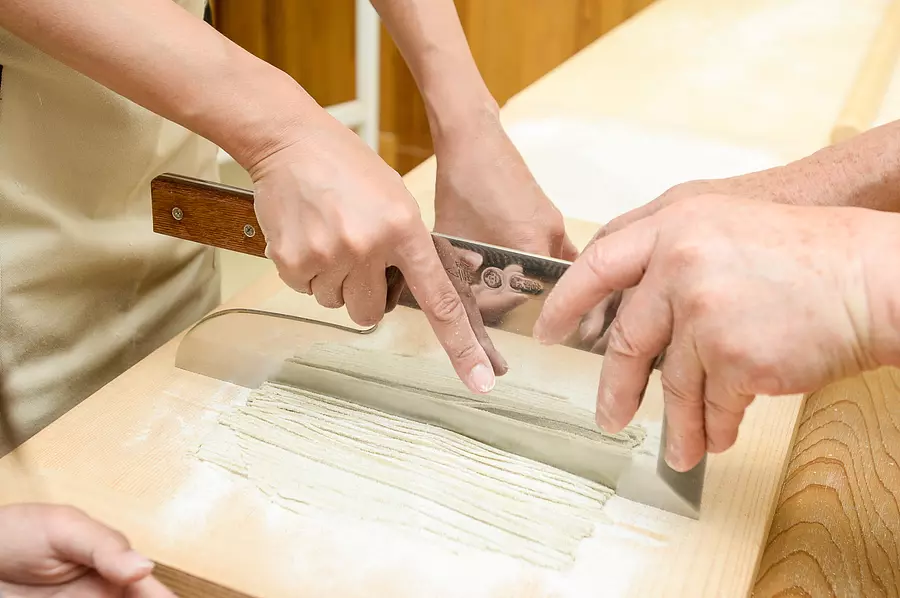
This noodle knife has a longer blade and is heavier than the knives you use at home.
Even if you are using it for the first time, there is no need to worry as the teacher will teach you how to hold it.
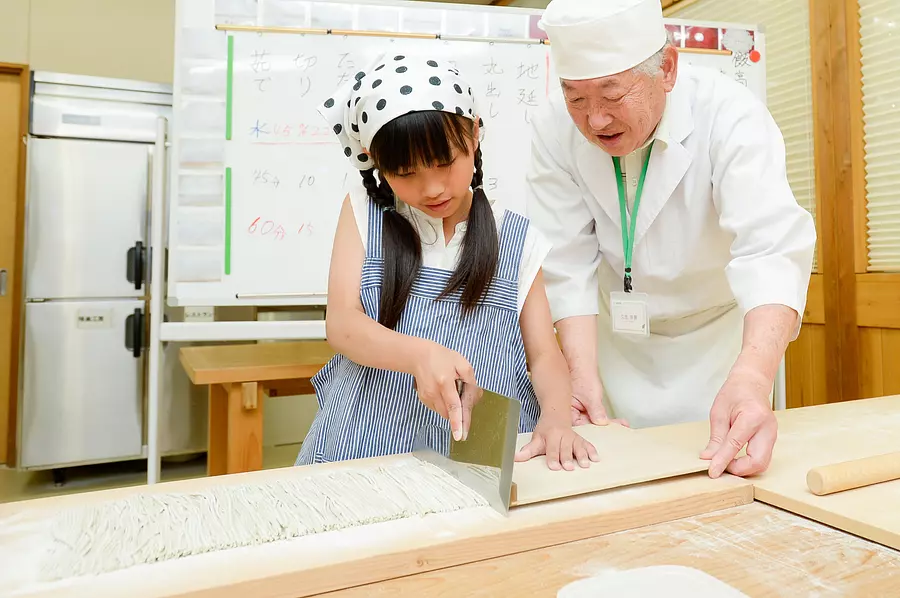
It's a job that requires a lot of concentration, keeping in mind that it's as thin as a matchstick.
However, even though the noodles are thick in some places, they still make you excited, saying, ``It's like kishimen!''
It's fun to see who can cut the cut best among friends.
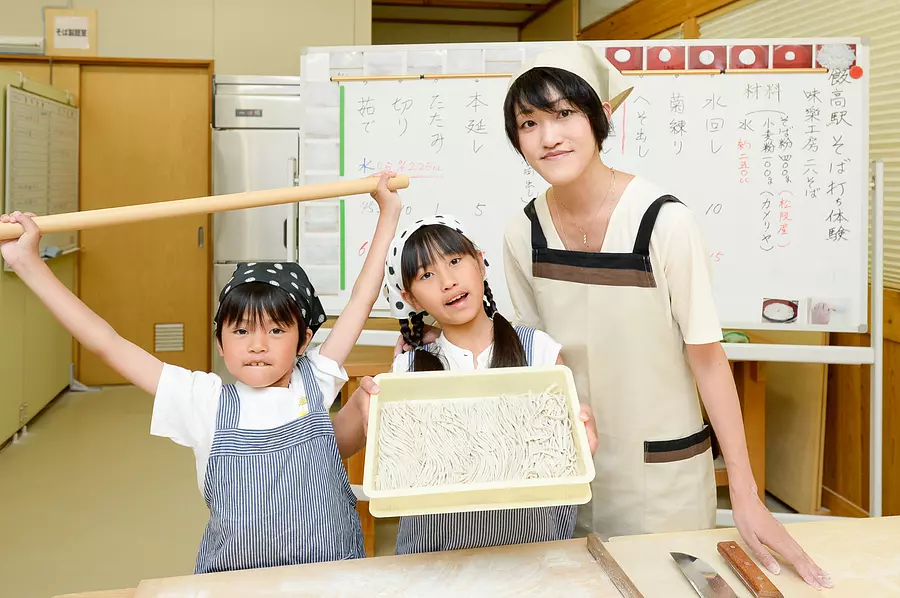
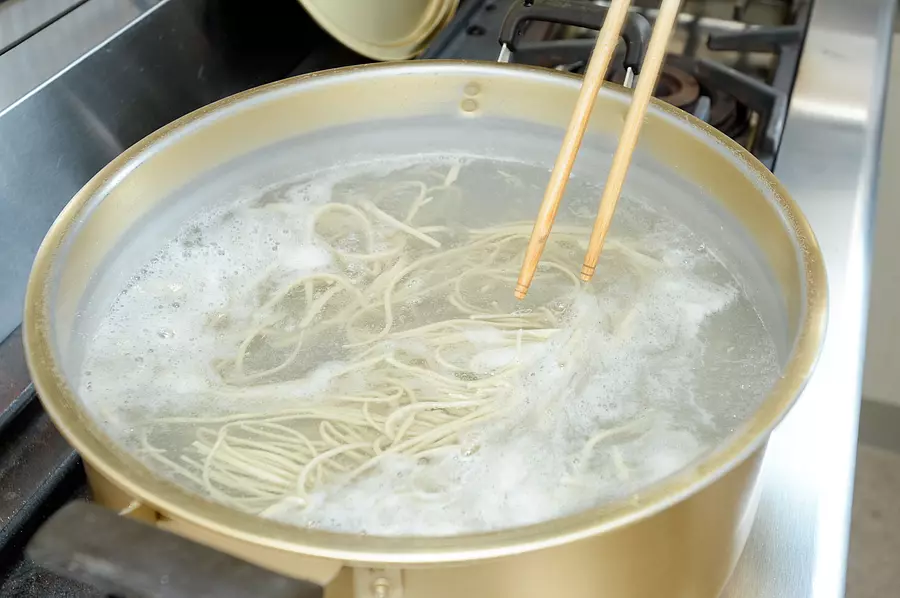
If you wish, you can even try your hand at boiling. The soba noodles are put into plenty of hot water.
Finally, rinse with cold water, and everyone is working together to make soba noodles!
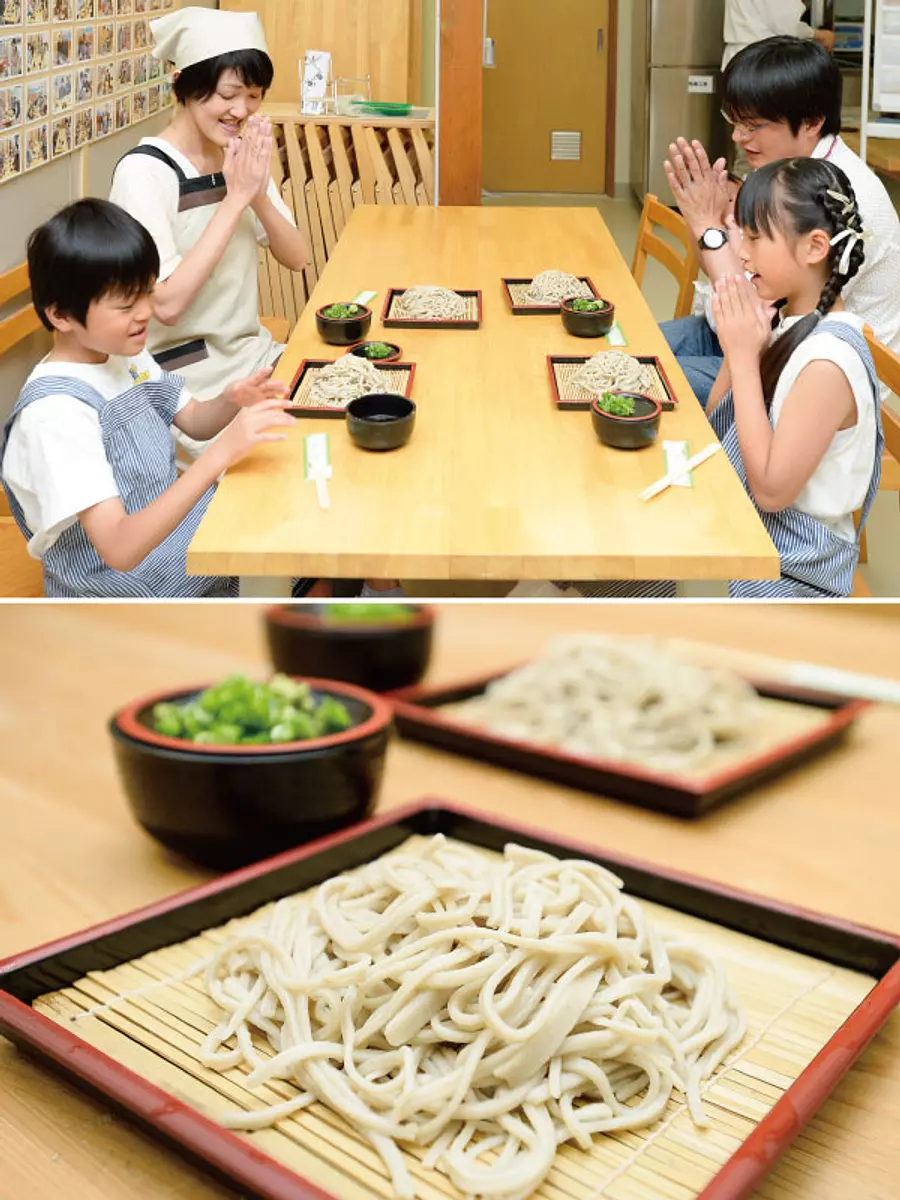
There seem to be many participants from outside the prefecture, such as Osaka and Kyoto, as well as foreigners who want to experience the food culture unique to Japan.
Soba making experience
Start time/10:00-15:00 (reservation priority)
Closed days: Every Wednesday (however, if it falls on a public holiday, we will be open and closed on the following weekday) 12/31, 1/1, temporary cancellations may occur
Number of people / 1 person ~
*If you wish to experience it on the day, please bring up to 3 bowls.
*Reservations required for groups (up to 6 bowls)
Price: 1 pot (up to 3 people per pot) 2,160 yen for 1 person, 3,240 yen for 2 people, 4,320 yen for 3 people
Time: Approximately 2 hours (1 hour for making soba, 1 hour for boiling and tasting)
*It is OK to just make soba noodles (you can take the soba noodles home), but the price will not change.
Things to prepare: apron, bandana, hand towel
Reservations: 0598-46-1111 (Information Office) We accept same-day reservations, but if you have a reservation in advance, we will not be able to accept reservations, so please call us in advance.
*If you would like to experience 4 or more bowls, please make a reservation at least 7 days in advance. If you are a group, please arrive early.
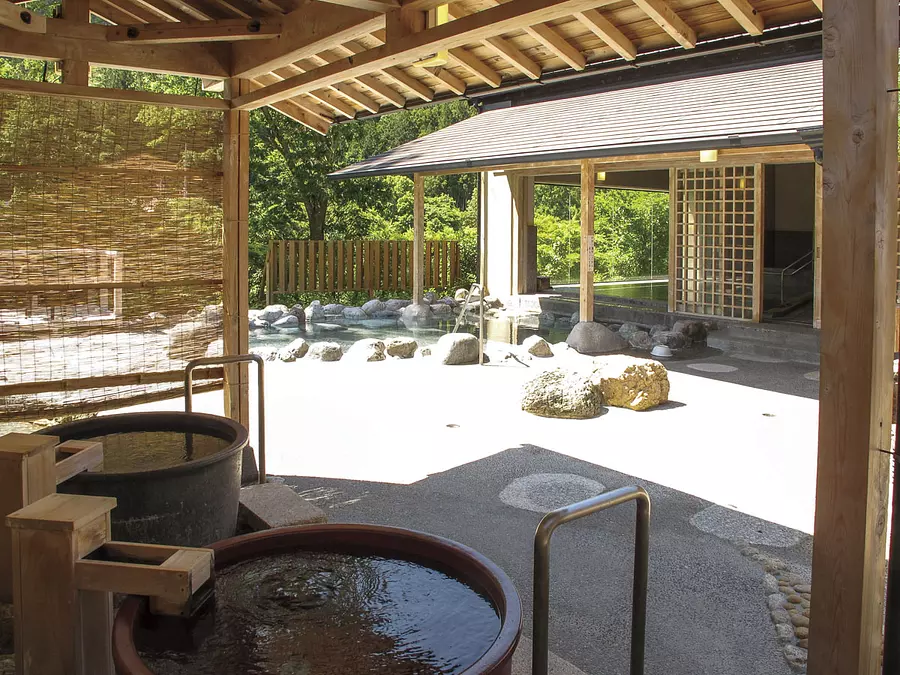
You can also rent towels, so it's nice to be able to come back empty-handed after a day out.
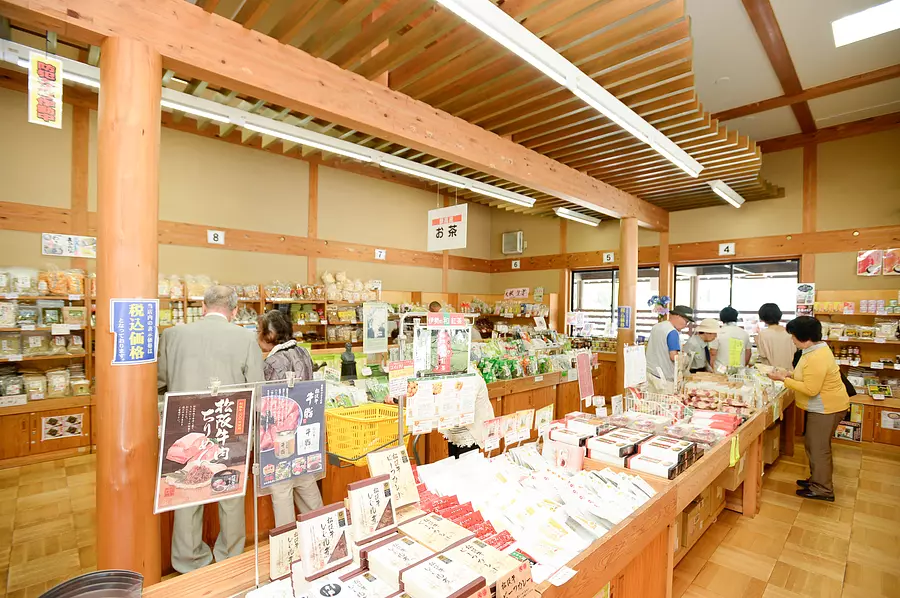
This day is also very crowded with customers!
Facility name/ Michi-no-eki Iidaka station
Address: 177 Miyamae, Iidaka-cho, MatsusakaCity Mie Prefecture 515-1502
Phone: 0598-46-1111
business hours/
Iitaka store 9:00-18:00
Iitaka no Yu/Reception 10:00-20:00
Restaurant Iitaka 11:00-19:00 (LO.18:30) *Noodles only menu available from 14:00-17:00.
Iidaka Chaya 7:30-14:00 (LO.13:30)
Information office 10:00-18:00 *However, parking lot and toilets are available 24 hours a day.
Regular holiday/Wednesday
Access by car: From Matsusaka IC on the Ise Expressway, take Prefectural Route 59, then take National Route 166 towards Iinan/Sakurai for 40 minutes.
Access by public transportation: Approximately 60 minutes by Mie Kotsu bus bound for Michi-no-eki Iidaka Station from Kintetsu/JR Matsusaka Station. Immediately after getting off at the final stop, “Michi-no-eki Iidaka Station”
Parking lot/(free) Regular cars: 116 spaces, large vehicles: 8 spaces, motorcycles: 28 spaces
HP/ http://www.iitakaeki.com
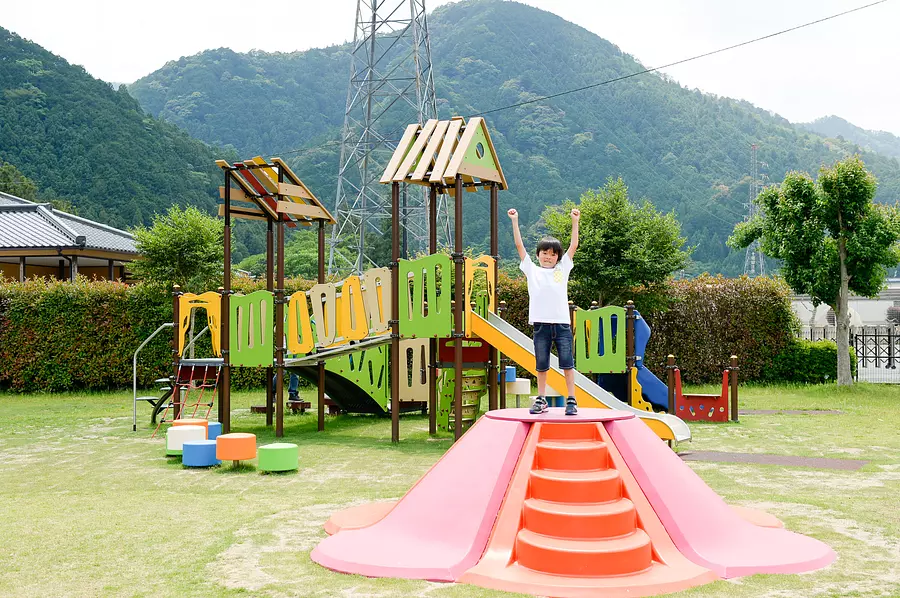
There is the popular Tarzan rope and complex play equipment that even small children can enjoy.
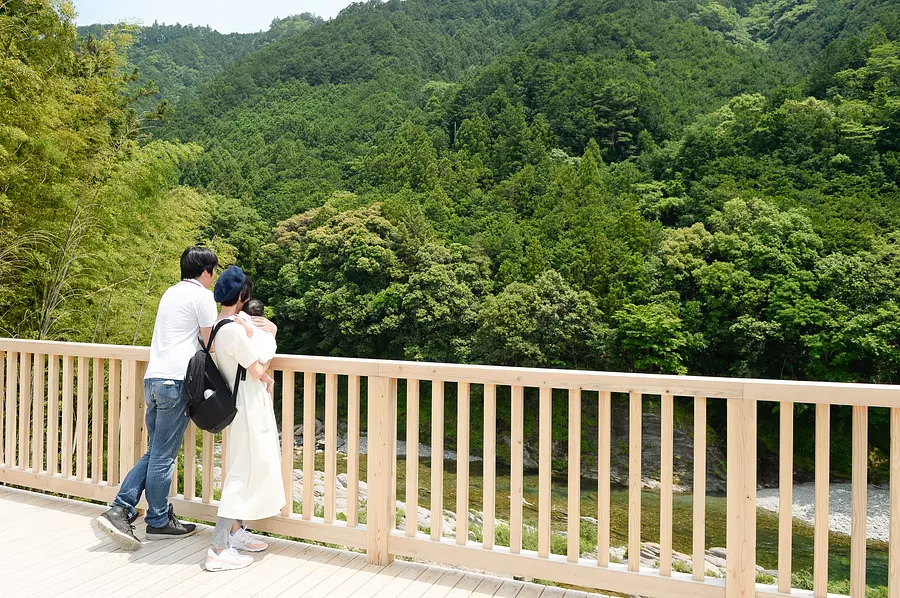
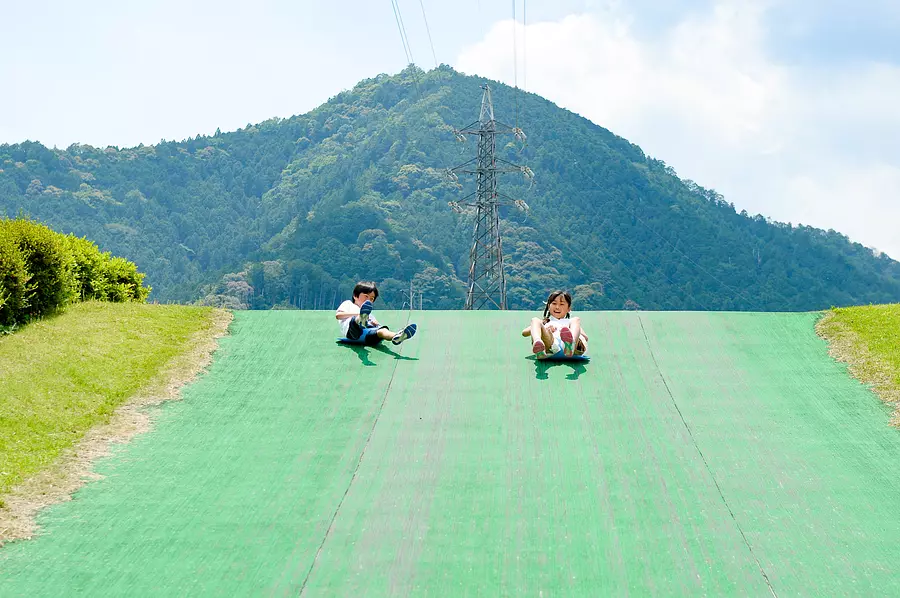
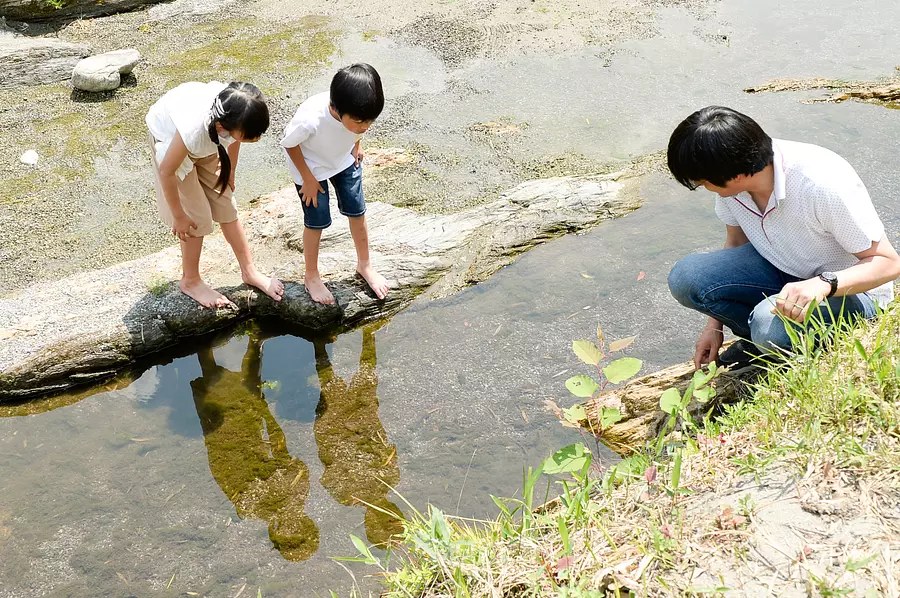
Since it is groundwater, it flows slowly, like a river. Recommended for small children too!
This was my first soba making experience at Iidaka Station, Michi-no-eki in Iidaka town surrounded by nature!
Enjoying the soba you made yourself is very elegant! Please try this food experience that is perfect for summer♪
Facility name/ Michi-no-eki Iidaka station
Address: 177 Miyamae, Iidaka-cho, MatsusakaCity Mie Prefecture 515-1502
Phone: 0598-46-1111
Business hours/Iitaka store 9:00-18:00
Iitaka no Yu/Reception 10:00-20:00
Restaurant Iitaka 11:00-19:00 (LO.18:30) *Noodles only menu available from 14:00-17:00.
Iidaka Chaya 7:30-14:00 (LO.13:30)
Information office 10:00-18:00 *However, parking lot and toilets are available 24 hours a day.
Regular holiday/Wednesday
Access by car: From Matsusaka IC on the Ise Expressway, take Prefectural Route 59, then take National Route 166 towards Iinan/Sakurai for 40 minutes.
Access by public transportation: Approximately 60 minutes by Mie Kotsu bus bound for Michi-no-eki Iidaka Station from Kintetsu/JR Matsusaka Station. Immediately after getting off at the final stop, “Michi-no-eki Iidaka Station”
Parking lot/(free) Regular cars: 116 spaces, large vehicles: 8 spaces, motorcycles: 28 spaces
HP/ http://www.iitakaeki.com

